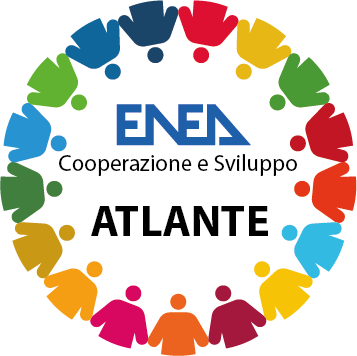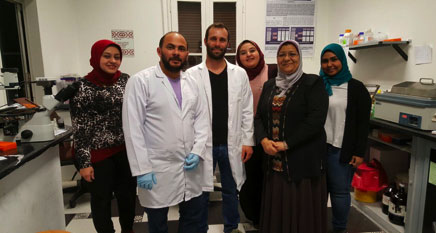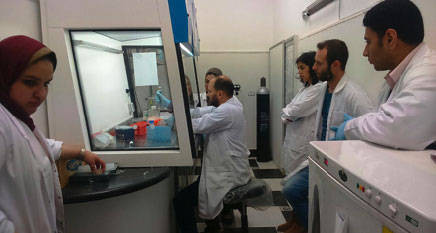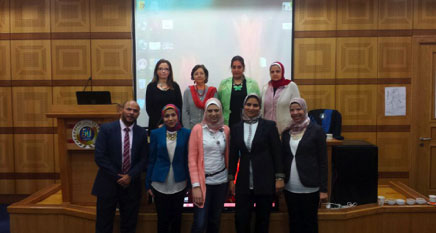Technologies
Using biomarkers in radionuclear emergencies and radiation therapies
For achieving the objectives:



Goals: 3. Good health and well-being, 16.Peace, justice and strong institutions, 17. Partnerships for the goals
Description
ENEA has a long expertise on early detection of radiation exposure using biomarkers that can measure genetic damage, oxidative stress and inflammation; studies are also underway on exosomes as biomarkers of exposure and modulators of response to radiation. Not only biomarkers allow prompt intervention during nuclear emergencies and prediction of long-term effects, but they also help to identify the radioresistant tumours thus allowing to plan targeted radiation treatments with higher efficacy.
Benefits and Advantages:
- Better planning during/after R/N emergencies;
- Lower risks related to radiation exposure;
- Evaluation of patients’ individual radiosensitivity, allowing to best individual plan radiation therapy for tumours treatment
ENEA Services:
- Use of biomarkers for early detection of the absorbed radiation dose
- Analysis of exosomes secreted by irradiated cells
- Identification of the best radiation treatment scheme for patients
- Equipment of laboratories and on-site training of radiation treatment operators
- Training of researchers at the ENEA Casaccia laboratories
- e-training.
ENEA Activities:
Project "A panel of biomarkers as novel tool for early detection of radiation exposure”, funded by NATO SPS.
Project "Implementazione di un set innovativo di bioindicatori precoci per misurare la dose di radiazioni in caso di emergenze" (i.e., implementation of an innovative set of early biomarkers to measure radiation dose during emergencies), funded by MAECI.
Cell biology laboratory
Cell biology are a) and cell culture b) laboratories set up with funds from NATO project, during training by the ENEA expert (Alexandria-ET, 2017).
Attendees of the NATO project workshop at the University of Alexandria (ET) in 2016.




